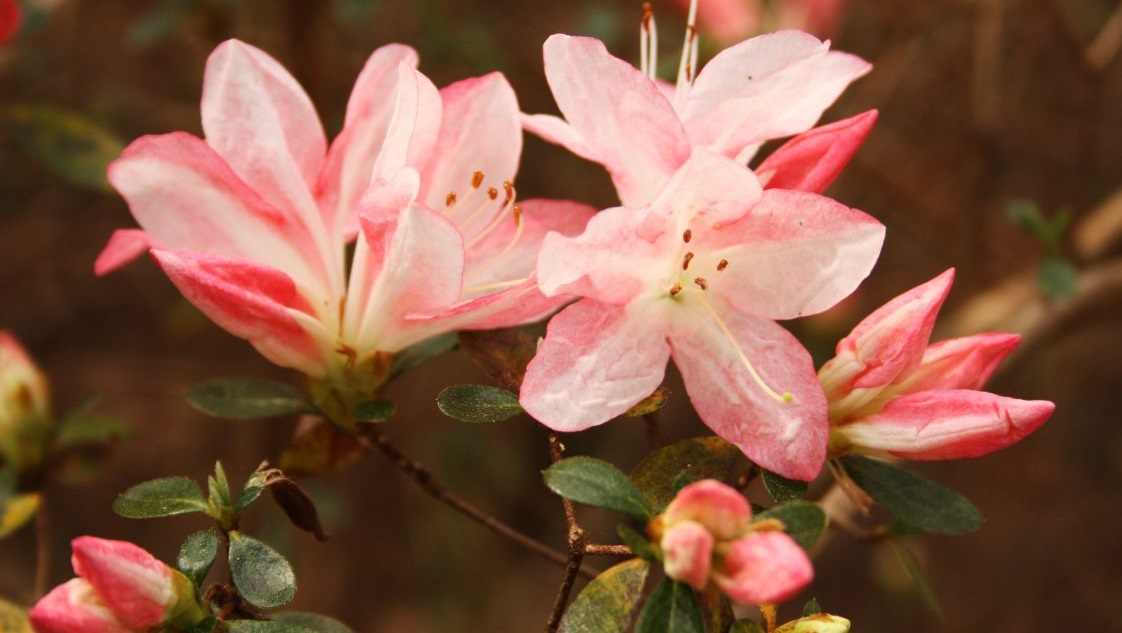Alabama fall gardeners: How to NOT kill your mums

Alabamians love their mums, but there are some tricks to keeping them healthy. (Alabama Cooperative Extension System)
Chrysanthemums, also known as mums, are iconic horticulture features of autumn each year. Many Alabamians love to see mums’ bright blooms contrast with the fall landscape.
As beautiful as mums can be, they can be difficult to take care of, said Chilton County Extension Coordinator Lucy Edwards.
“There are two main categories of mums: floral and garden,” Edwards said. “Floral mums are those that typically are not grown outside and are sold by florists for arrangements. Garden mums are those that people see in garden centers during the fall.”
Mums are categorized by flower type and shape. The two most common types are daisy mums and decorative flower mums. Colors range from white, bronze, yellow, red, coral and pink, to lavender and red.
Choosing the right mums
For some chrysanthemum enthusiasts, choosing the best mum might as well be as important as picking the perfect Christmas tree. Edwards said there are a couple of characteristics to look for when choosing the right mum:

Mums demand water, well-drained soil and lots of sun. (Mississippi State University Extension / Gary Bachman)
Buy mums with unopened blooms. When buying a mum, it can be tempting to grab the largest, fully blooming plant. Make sure to buy the mums with their blooms not quite open. This choice will allow for a longer blooming time once you get it home.
Always check for insects and diseases. Nobody wants a sick plant. Be on the lookout for powdery mildew in mums. This disease can occur after hot and humid fall seasons. To control mildew, remove all infected leaves and treat the mum with an appropriately labeled fungicide.
Caring for mums
Once you have learned about mums and how to choose the right one at your local garden center, the next step is keeping them alive. Here are some guidelines on caring for mums:
Check the soil, and the sun. To boil it down, mums require moist, well-draining soil combined with six-plus hours of daily sunlight. Whether you prefer a mum repotted from its original pot or planted in a landscape, the same rules apply.
Planting depth matters. “Plant your mums at the same depth as the size of their original containers,” Edwards said. “It’s better to plant too shallow than too deep.”
Divide and conquer. Edwards said garden mums will bloom best if they are divided every two to three years. Otherwise, any new growth will be long and spindly with fewer blooms.
Do a little spring pinching. Pinching new shoots in the spring will encourage lateral shoots, providing more flowers and a fuller plant. Do not pinch after July or the mum may not have time for blooms to develop.

Potted or planted mums are a staple of fall gardens in the South. (Mississippi State University Extension / Gary Bachman)
Water, water and water again. Edwards said the most common mistake in caring for mums is forgetting to water them daily. In the fall months, rainfall can be scarce, which means regular watering may be required, ensuring any excess water drains out of a pot or naturally runs off the planting site. A good routine is feeling the soil’s moisture each day to the depth of 1 inch. If it feels moist, wait a day and check again. If it feels dry in the top inch, be sure to water that day.
If you are prone to forgetting to water, replant the mum in a container that has a reservoir or add a saucer to collect the water. These will extend the time between waterings.
“It is easy to assume the plant is fine. Too often, cooler temperatures lead us to neglect the task of watering,” Edwards said. “Before we realize it, there is a dead plant on the front porch.”
Share these “mum musts” with others. Now that you know your mum musts, help a neighbor by sharing these tips. For more information about mums and other seasonal plants, visit the Alabama Extension website at www.aces.edu.





